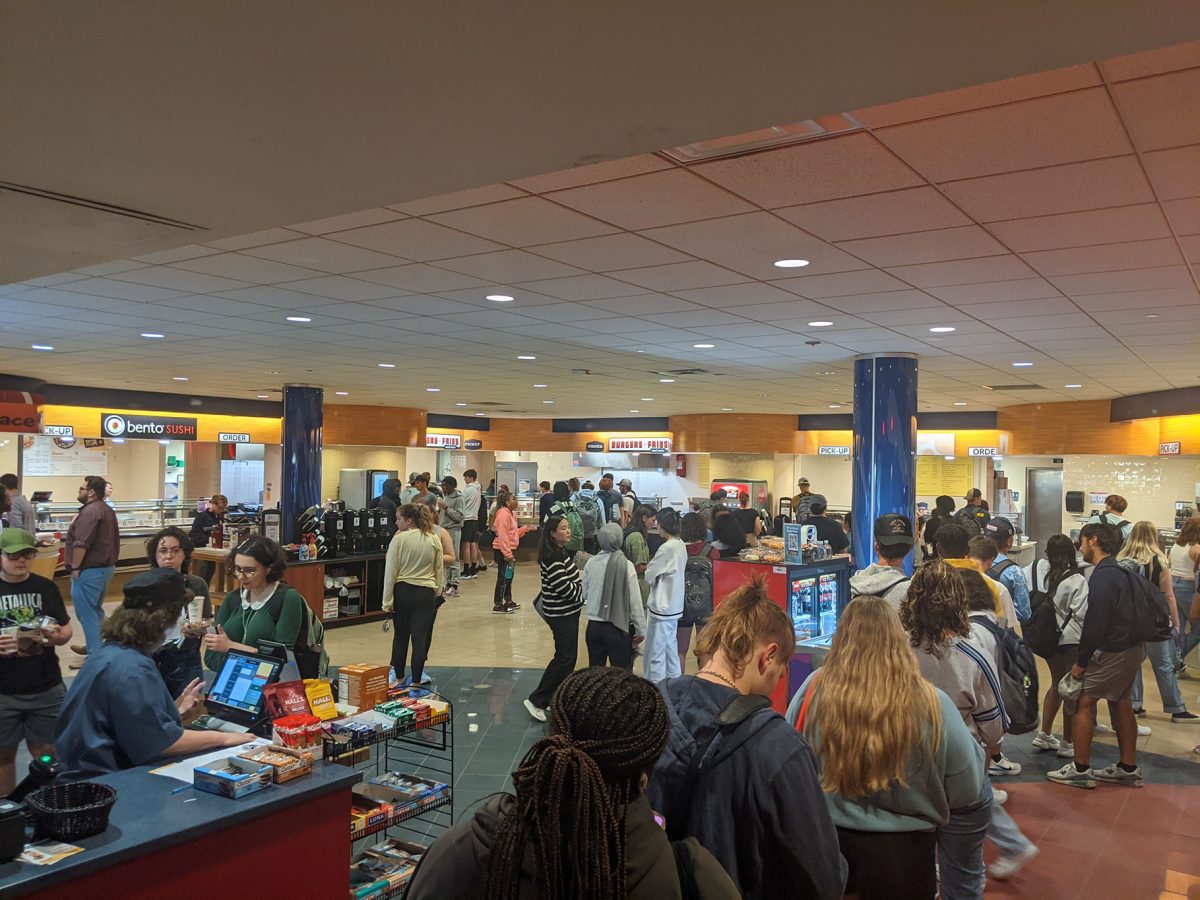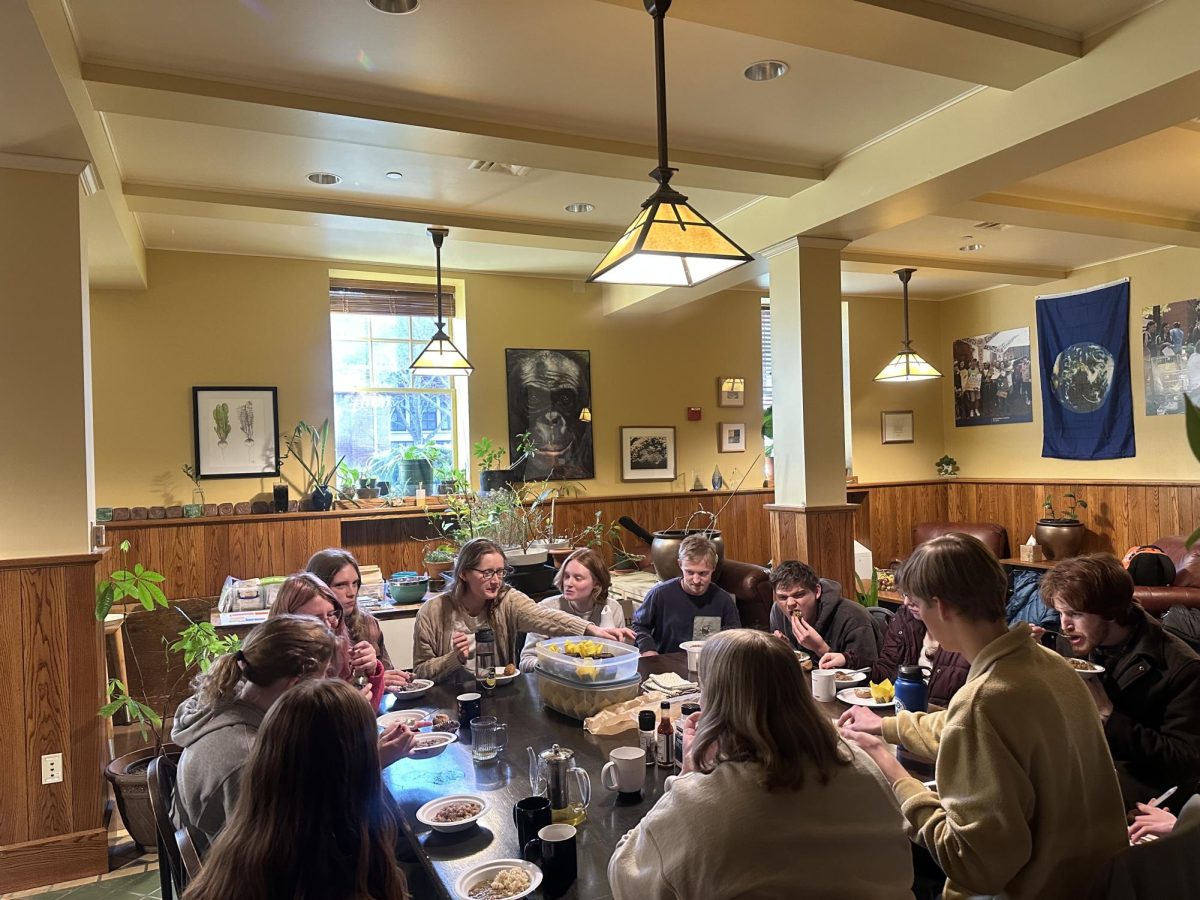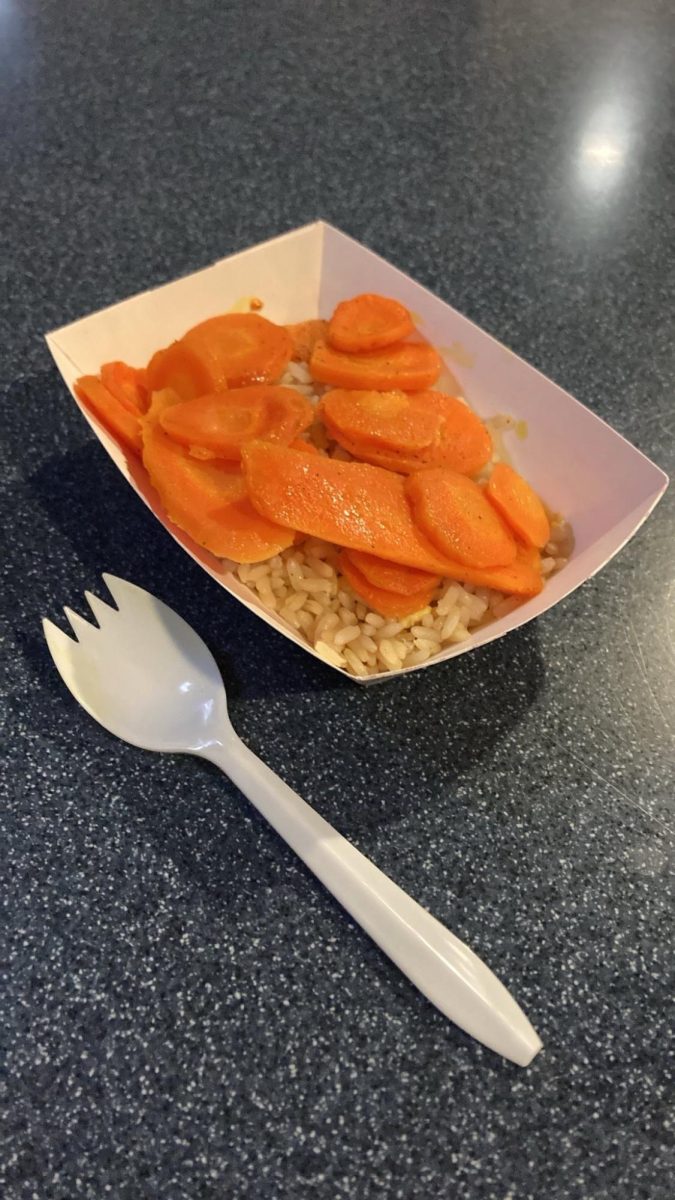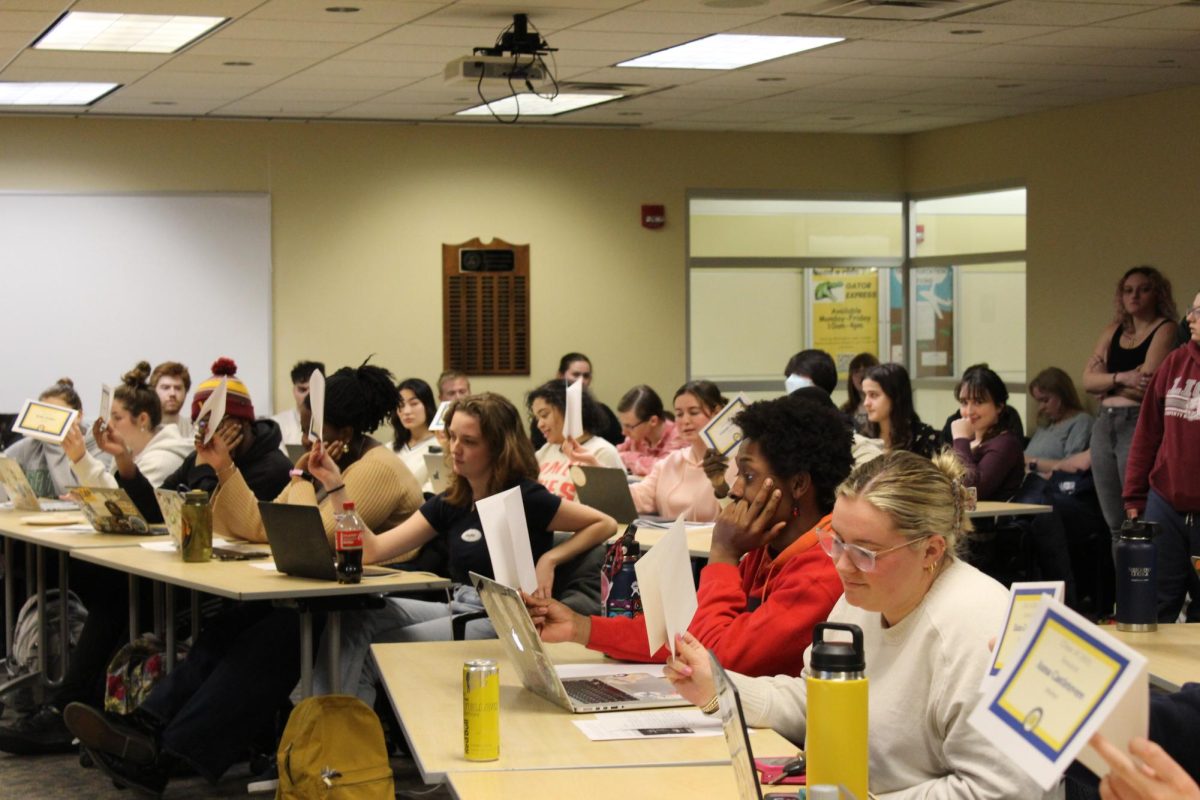Allegheny students arrived on campus last week to a number of changes in the dining service aimed at combating food insecurity on campus and providing students with more food at the same price. Most of the biggest changes have been made at McKinley’s Food Court, which has seen an overhaul in its payment structure and the addition of Tex-Mex cuisine, as well as the return of grill, sushi, sandwich, and pizza options.
In the past, meal plans were split up into swipes and “Munch Money.” The swipes would be worth a meal at Brooks, while the Munch Money would buy meals at Kinz and snacks from on-campus markets.
Last year, these plans faced criticism from students, including Will Lowthert, ’24, who pointed out in an op-ed in The Campus that the prices in Kinz made it difficult to get the necessary meals.
For example, the old meal plan B was supposed to provide 15 meals per week — seven with an equivalent number of meal swipes, and eight using $90 in Munch Money.
“Food inflation is real, as anybody who goes to the grocery store now knows,” said Dean for the Student Experience Dean Binnington. “What we heard repeatedly from students is that that $90 — I’m just using meal plan B is an example — that $90 was not going as far, so they weren’t actually getting 15 meals.”
All meals are now worth one meal swipe. In Brooks, it is worth an all-you-can-eat buffet, and in Kinz, it is good for three main courses, a handful of sides, and a drink with free refills.
“McKinz isn’t quite all-you-can-eat, but it’s certainly more than you should eat in most cases, I think,” Binnington said. “The example I’ve been using is that for one swipe you can get an 18-inch sub, two sides and a drink — that’s a lot of food.”
London Dejarnette, ’24 is the president of Allegheny’s chapter of the Food Recovery Network, and has been an outspoken advocate on food insecurity in the past. They said that while the changes in meal plans is “a step in the right direction” in terms of the amount of food, there are still outstanding issues with keeping students aware of any allergens in their food and providing them with halal and kosher meals, as needed.
“Making food accessible doesn’t necessarily just mean ‘here’s the food,’” Dejarnette said. “It’s taking into account the health implications, cultural implications that are needed in order to genuinely make food accessible.”
New Meal Plans
Students now have new meal plans to accommodate the increased reliance on swipes: old meal plan A has become “Gator Gold” — 21 swipes per week — and meal plans B and C have become “Gator Blue” — 15 swipes per week.
“Instead of having seven meals and then you have to work out how to get eight more out of $90, you’re guaranteed 15 meals because you’ve got 15 swipes,” Binnington said.
Under the new system, all students will also receive a total of $300 per semester in “Express Cash” for snacks, which will be delivered in three installments of $100 each.
The new system eliminates the old meal plan C, which was supposed to provide 12 meals a week at a reduced price and allow students to supplement their college-provided meals with their own cooking or local eateries. However, Yeckley said that many students who selected the plan did so because it was the cheapest and not because the students could cook their own food.
“They would try to stretch it to cover all their meals for the week, but what would happen is they would run out,” Yeckley said. “They’d only have one meal or — a very tiny meal if it’s Munch Money — and so we saw that it (meal plan C) wasn’t serving a need.”
The changes in Kinz are already being received positively by student-athletes, according to Dean for Student Life Trae Yeckley.
“We’ve heard from athletics that sometimes, especially down in Kinz, the value for the dollar wasn’t enough for some of our athletes in season who would be lifting and lifting late, or waking up early, and they’d get their food and it just wasn’t enough food to fill them,” Yeckley said. “Now with the three main dishes and the two side dishes and a drink, then a drink, you know, that seems to be more than enough. And from what I heard from the athletes, they’ve been fairly happy with the amount of food they can get.”
New hires on food security
Another element to the college’s work on food security is Wellness Case Manager Josh Guthrie, ’09. Hired in the spring for his decade-plus experience and connections within the Meadville area, Guthrie’s role includes providing resources to food insecure students.
“Oftentimes there is a connection to direct outcomes in regards to student performance that is tied to food insecurity, so we felt that wellness was a good place to address that specific need for the student body,” he said.
After he was hired in April of this year, Guthrie said he connected with the Financial Aid Office and reached out to more than 80 students about getting them onto federal SNAP benefits before a pandemic-era expansion ended. That resulted in around 10 students getting into the program, he said.
“I think that Joshua Guthrie’s position is going to bring so many beneficial resources to the institution as far as getting students signed up for food access programming — whether it be federal, or statewide, or even just community-based, because he has a lot of connections to local food pantries and food banks,” Dejarnette said.
They hailed the creation of Guthrie’s position and a new VISTA Corps position in the Office of Community Engagement as the college taking food insecurity issues seriously.
Guthrie has also been working with Dejarnette and the FRN on a “food resource space” in the alcove next to rooms 301 and 302 in the campus center.
“It’ll be complete with a community fridge and a dry goods pantry and an aquaponics tower,” Dejarnette said. “I think having a physical, tangible space where students can go and get food like that is going to at least try to fill in some of the gaps.”
Binnington added that a website with resources for students is currently being worked on. A survey designed by the federal Department of Agriculture is also being planned for October, to allow students the time to understand their current meal situation and provide accurate information.
Students who need additional food resources can reach out to Guthrie at wellness@allegheny.edu, or stop by his office in the Student Life suite.
Effect on the admin-student relationship
The dining changes were part of an update to the college’s contract with food service provider Aramark negotiated over the summer. Included in the conversation were Allegheny Student Government President Nicole Recio Bremer, ’25, and Vice President Sam Ault, ’26.
“If students don’t like it (the changes), they shouldn’t blame Nicole and Sam, it’s our fault,” Binnington said. “But if they like the changes, then I think Nicole and Sam should get a fair amount of the credit because a lot of what we did was in response to comments that both ASG in the past had made and that Nicole and Sam had made.”
He added that the successful conclusion of the negotiations was a positive sign for future conversations between the college administration and ASG — which in the past few years have often resulted in tense General Assembly appearances by Binnington and others.
“I think it’s fair to say that the relationships between ASG and the administration (in past years) have been a little more antagonistic than I anticipated them being,” Binnington said. “If there’s legitimate criticism, bring it and we will deal with it. What I care about is point scoring, what I care about is grandstanding and we have seen absolutely none of that (this summer).”
Moving forward, Binnington said he is not assuming every dining issue has been solved on campus by these changes, and encouraged students to voice their concerns if the have any issues.
“I want to repeat: it is not acceptable that there are hungry students on Allegheny’s campus,” he said. “We are — both in terms of our hiring and in terms of our policies and in terms of working with students — continuing to work on these important issues.”

















